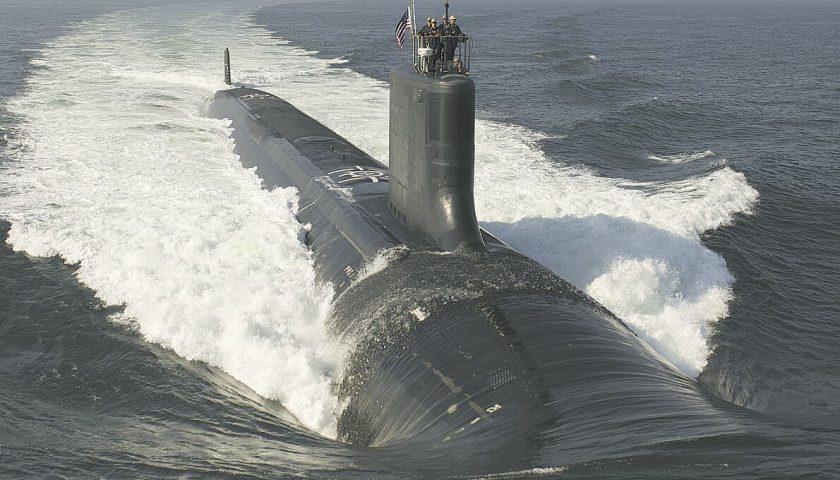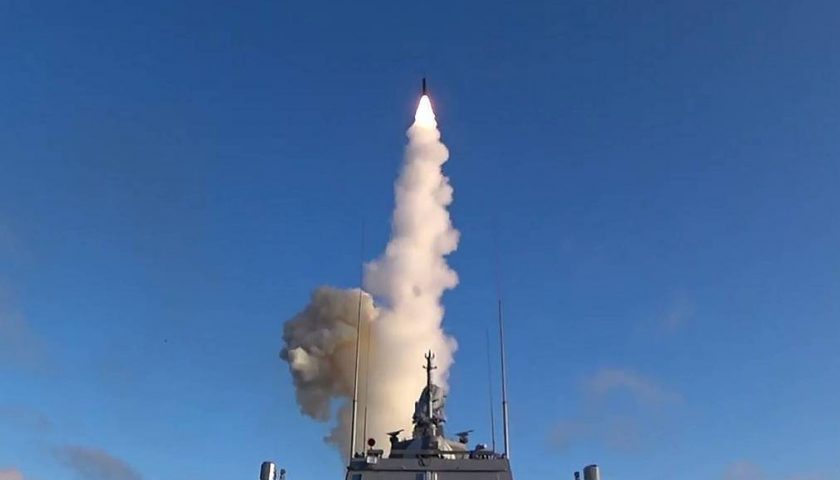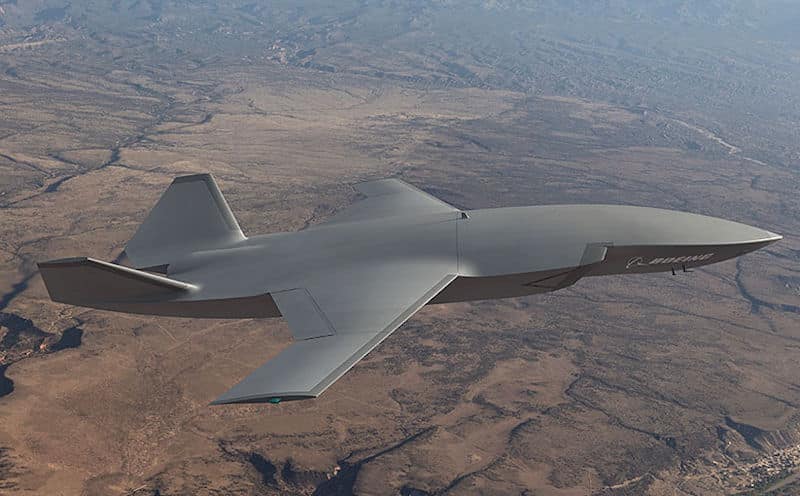Despite the crisis linked to the Covid-19 pandemic, the news in 2021 was often marked by certain defense technologies, in a geopolitical context of growing tensions and critical crises. From Australia's surprise cancellation of the order for French-built conventionally powered submarines to switch to US-British nuclear attack submarines, to hypersonic missiles; from underwater drones to China's new fractional orbital bombardment system; these defense technologies, long in the background of the world media scene, found themselves in the news, and sometimes in the headlines during this year. In this two-part article, we will present the technologies that have had the most impact in the year 2021 in the field of Defense, in order to understand their challenges and applications.
1- Nuclear-powered submarines
Cancellation of the Australian contract for the design and manufacture of 12 conventional Shortfin Barracuda-type submarines from the French Naval Group, was undoubtedly the most significant event in the defense sphere in France this year. But Canberra's choice to turn to American or British-made nuclear-powered submarines was the most important event on the world stage in 2021. Indeed, for the first time, the taboo resulting from a tacit agreement between the 5 permanent members of the United Nations Security Council, to sell nuclear-powered submarines to a third nation was hacked up by the decision of Joe Biden, Boris Johnson and Australian Prime Minister Scott Morrison. And with it, a door opened on the international scene for many countries wishing, too, to equip themselves with this type of vessel offering unique performances, because having a very important and almost unlimited source of energy. .

Since then, if the Australian program itself is increasingly under fire from critics, including in Australia, due to additional costs and very important deadlines, obviously, not mastered to date by the Australian government, several countries have stepped into the breach opened by Joe Biden and his two acolytes, by turning in particular to France, which has very suitable technologies and know-how to seize this emerging market. Still, the example given by Canberra in this case will undoubtedly leave marks, because beyond South Korea, India or Brazil, other countries could also seek to endow this capacity, by turning to less observant partners in this field, creating a runaway which could spell the end of international efforts in the field of non-proliferation.
We can therefore wonder to what extent the American decision in this matter had been carefully considered, and if all the undoubtedly negative consequences that will ensue were assessed before embarking on such a project with multiple dangers, including for Australia itself, which could well be deprived of an effective submarine fleet for ten years before receiving its first nuclear submarines "beyond 2040" in the best case, and this while the The prospect of conflict in the Pacific fell on a much more compact schedule.
2- Hypersonic Missiles
In 2019, while answering questions from French parliamentarians, the Chief of Staff of the National Navy, Admiral Prazuck, considered that the announcements concerning Chinese and Russian hypersonic anti-ship weapons should not cause more alarm. that of reason the national representation. According to him, the constraints related to these missiles exceeding the speed of Mach 5, in particular in the thermal and electromagnetic field, prohibited the use of guidance systems which would make it possible to strike ships at sea and in displacement. Only 2 years later, spurred on by major advances from Russia with the 9-S-7760 Kinzhal missiles already in service, and 3M22 Tzircon anti-ships which will come into service in 2022, the design of hypersonic missiles has become the priority of most of the world's major armies, including, and above all, across the Atlantic, or no less than 5 programs are underway in this field at the same time, with the objective of entering service from 2024.

It must be said that hypersonic missiles, particularly in the field of anti-ship weapons, pose serious problems for Western navies, since none of the anti-aircraft and anti-missile systems currently in service, or close to being so, do not. can hope to intercept such a vector. In addition, due to this extraordinary speed which sometimes exceeds 8000 km / h, or more than 2 km per second, the times between detection and impact to hope to implement any countermeasure are considerably reduced. On the other hand, the flight times being very short, the chances of being able to escape a shot by the maneuver or the speed between the moment of detection and the arrival of the missile are also greatly reduced. Finally, beyond the military charge carried by these weapons, which can sometimes be nuclear in the case of the Russian Kinzhal or the Chinese DF-26, the kinetic energy released on impact of the missile on its target is usually sufficient. to dislocate the target, except in the case of very large ships such as aircraft carriers.

In other words, with a range of several hundred to several thousand kilometers, hypersonic missiles appear, for a time at least, the masters of the air battlefield, as well as the weapon of choice for pre-emptive strikes. To answer this, Westerners have launched two types of programs. In the first place, they also undertook to equip themselves with equivalent missiles, in a logic of reciprocal deterrence. On the other hand, several programs have been launched to acquire anti-missile interception capabilities capable of destroying these threats in flight before they reach their targets, as in the case of the European TWISTER program. The fact remains that, for at least a few years, Moscow and Beijing will have, from 2022, the capacity to push back the Western naval forces beyond an enlarged perimeter, without the latter having the capacity to protect themselves from it. Without a doubt, this is a major tactical advantage conceded by the West to their two great geopolitical rivals, which is likely to have important consequences in the years to come.
3- The F-35 vs competition Rafale

75% of this article remains to read,
Subscribe to access it!
The Classic subscriptions provide access to
articles in their full version, and without advertising,
from 6,90 €.
Newsletter subscription
Register for the Meta-Defense Newsletter to receive the
latest fashion articles daily or weekly


Comments are closed.